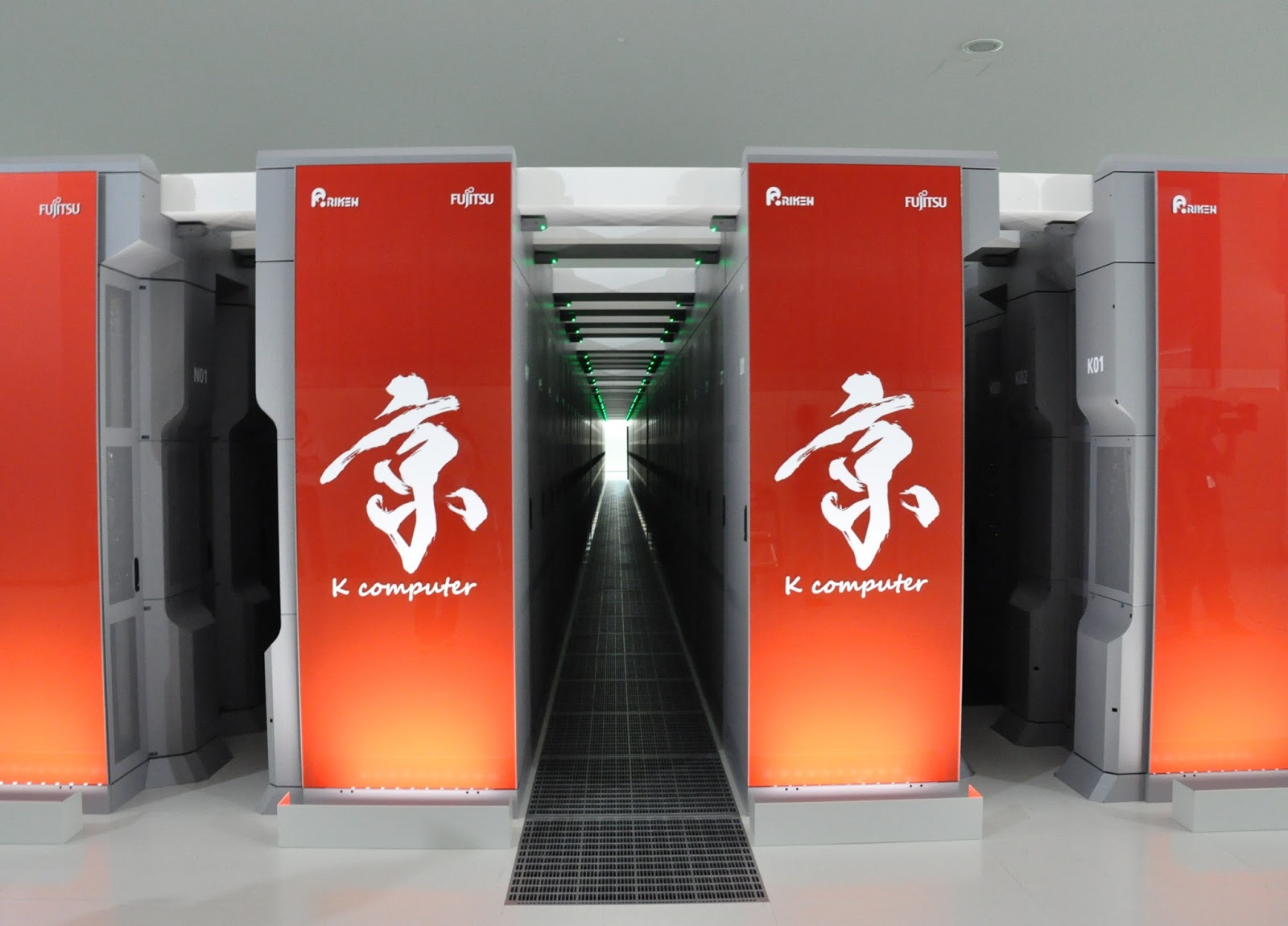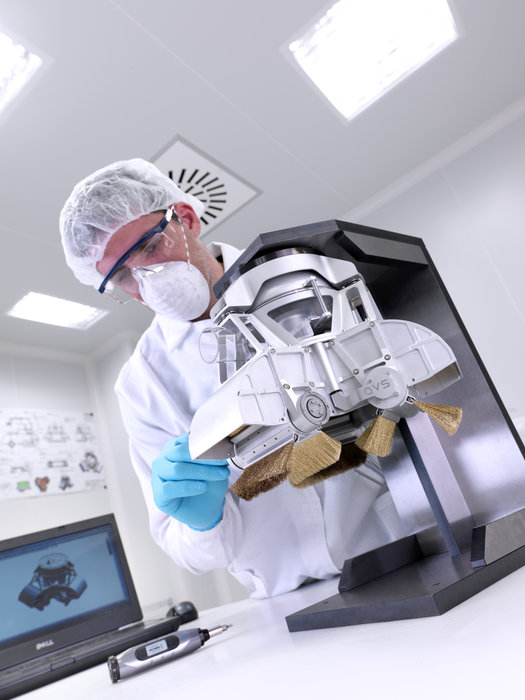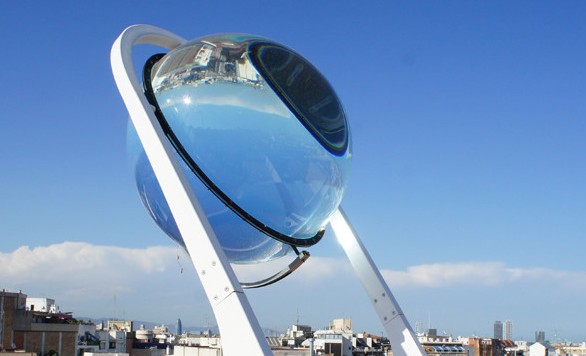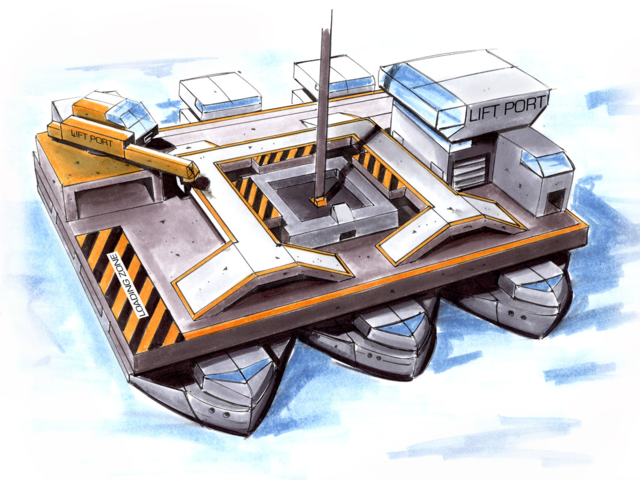
Building a stairway to the heaven may no longer be a crazy idea, as a number of companies have disclosed their plans to build space elevators. A space elevator would technically connect the International Space Station with an anchor on the ground. With the help of a cable, space agencies could send supplies to space stations and reduce costs dramatically.
Why do we need space elevators?
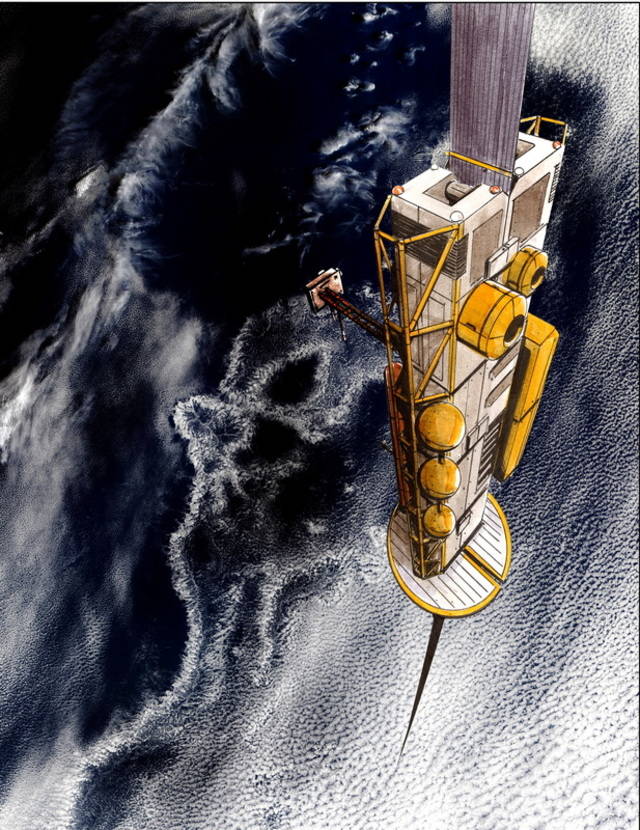
One of the main reasons why space research takes time to move forward is because of lack of funds. Maintaining space stations and sending supplies to those on board is an eye-wateringly expensive affair. Currently, sending a kilogram of cargo to the space costs $20,000. A well designed space elevator could bring this down to just $100. More conservative estimates suggest it might cost $1,000 but that is still a reduction of 95% in terms of costs.
Who thought of this in the first place?
The dream to build an elevator to the space is not novel. Russian rocket scientist Konstantin Tsiolkovsky imagined what it would be like if the Eiffel Tower could stretch into the space, back in 1895. He put forward the idea that a similar tower could transport cargo to geostationary orbit from where objects could pick up speed and launch themselves into the space. It needs to be borne in mind that the most expensive phase in a cargo’s journey to the space is the liftoff.
Who is building space elevators today?
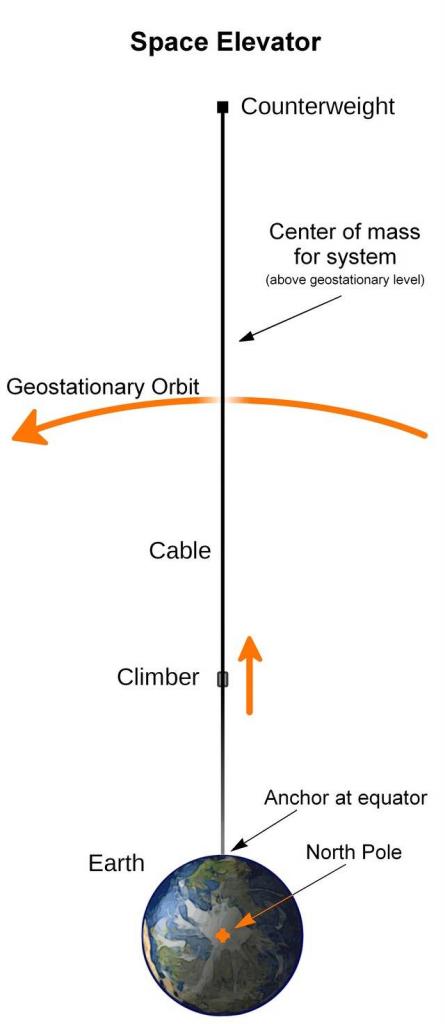
Today, companies are working hard to build elevators that will cargo (or even human beings) till the geostationary orbit.
- Obayashi Corporation, a Japanese enterprise wants to build such a tower by 2050. It estimates that the cost of such a project would be close to $90 billion.
- The China Academy of Launch Vehicle Technology intends to build a similar tower by 2045.
- The Japan Aerospace Exploration Agency (JAXA) and Shizuoka University worked on a Space Tethered Autonomous Robotic Satellite – Miniature Elevator (STARS-Me). This device is expected to use Bluetooth to help twin satellites tether together and travel up and down. If successful, the team will build a larger version of the same. However, they expect such a device will have to bear the brunt of space debris, radiation and other risks.
- LiftPort is a startup that is working on building a lunar elevator, which might assist in lunar explorations as well.
Space elevators are a necessity for future research
Certainly, the next space race will be all about who is going to build an elevator to the space stations first. Most importantly, bringing the cost of transporting cargo and humans down will help space agencies all over the world to focus on space research. This will eventually help us understand our universe better. For a detailed look into the developments in this area, read the Business Insider article on this topic.


